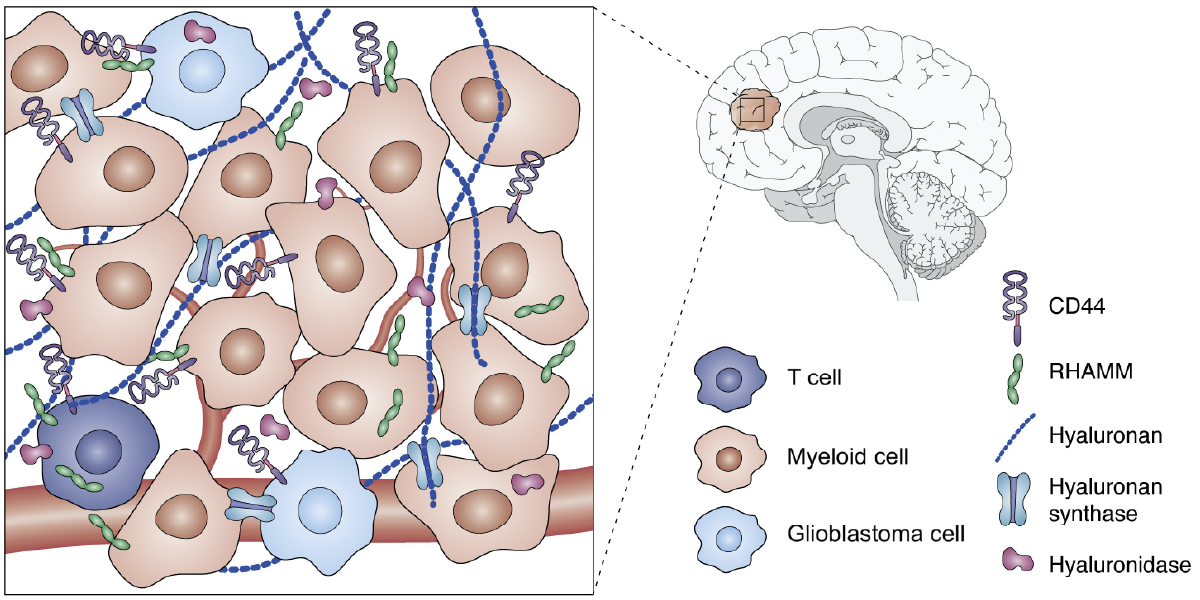Have you ever heard about the lymphatic system that runs through your body? This system consists of organs, tissues and vessels that are important because it helps your immune cells move, helps your body absorb nutrients, and helps keep all the fluids balanced within your body. It is important to understand the way this system works, because when this system is damaged or not working properly it can lead to severe swelling of limbs (lymphedema), buildup of fats within your blood vessels which can eventually heart attacks (atherosclerosis), and even can contribute to cancer (To learn more).
Continue reading “Lymphatic Vessels: Your Body’s Fluid Highway”Tag: lymphatics
Footsteps and Force-Waves: New Methods of Measuring Lymphedema
The lymphatic system is a system of vessels and lymph nodes that runs parallel to our vascular system. It takes up extra fluid from around our cells, filters it, and returns the liquid to our circulatory system. When part of the lymphatic system is damaged by surgery, radiation treatments, or injury, a progressive disease called lymphedema can occur.
Continue reading “Footsteps and Force-Waves: New Methods of Measuring Lymphedema”How Your Brain Gets Rid of Junk By Force!
The human brain is an organ that scientists are always interested in due to its complexity. Insight on how to treat and/or cure physiological illnesses in the brain, such as Alzheimer’s disease or a stroke, could significantly improve the overall wellbeing of society. A new research area called brain lymphatic drainage has been able to demonstrate potential innovative therapeutic strategies to address these neurological diseases. A critical investigation of the brain biology along with biofluid flow by engineers has opened the door to another impressive brain process!
Read more: How Your Brain Gets Rid of Junk By Force!Brain Lymphatic Drainage
Humans have a lymphatic system in their body which is a system of lymphatic vessels that collect waste and other leaking fluids from blood vessels which helps maintain fluid levels in tissues. The lymphatic vessels deliver this fluid to lymph nodes, which are small organs containing immune cells, that filters and drains the fluid back to the blood.
The brain doesn’t contain lymphatic vessels and it was unclear how it drains its waste. However, many scientists and engineers have recently discovered that there are indeed components of a drainage system in the brain which is connected to the body’s lymphatic system. The interstitial fluid (fluid surrounding the cells within the brain that contain solutes; ISF) is sent to be mixed with cerebrospinal fluid (fluid between the brain and an outer dense tissue; CSF). This mixed CSF fluid is then drained into lymphatic nodes and is eventually returned to the lymphatic system. The collection and drainage of ISF or CSF can be done with multiple pathways (i.e., through outer tissue of brain, sponge-like bone near olfactory nerves, etc.). The figure below shows a simplified diagram of some brain lymphatic drainage pathways towards the lymphatic system.

Fluid Dynamics in Brain Lymphatic Drainage
Fluid dynamics is the study of fluids in motion. In the proposed brain lymphatic drainage system, there is an exchange of ISF and CSF in fluid-filled compartments that surround the brain which is a vital process for maintaining a healthy brain. Thus, fluid dynamics can be used to describe the forces involved in driving this ISF-CSF exchange and its impact for brain health.

In a recent study, a group of scientists and engineers quantitatively investigated the flow of CSF in these fluid-filled compartments and identified it as a pulsatile flow (i.e., rhythmic and intermittent movement of fluid) driven by pressure changes within the heart. The above demonstrates how CSF flow is impacted. The authors then saw that an increase in overall blood pressure leads to a reduction of forward flow of CSF which can partly limit the ISF-CSF exchange and lead to accumulation of unwanted molecules in the brain. They stated that this would explain the previously identified correlation of hypertension and accumulation of peptides that are found in patients with Alzheimer’s.
Future Implications
The discovery of the brain lymphatic drainage system and how fluid dynamics plays a role has now allowed others to begin to explore new research areas. Some of these include repairing the sites of fluid flow disruption, taking advantage of the fluid flow routes to deliver drugs, and determining potential causes of neurological diseases (Alzheimer’s, multiple sclerosis, etc.) with respect to fluid drainage. However, there are many other factors within and surrounding the brain that impacts drainage that needs to be discovered to better understand brain lymphatic drainage.
Sensing tension in the brain tumor microenvironment
According to Azra Raza, a Professor of Medicine at Columbia University in New York, high-grade brain cancer called glioblastoma is “one of the most aggressive, ruthless killers known to mankind”. Indeed, despite recent advances in cancer therapies, glioblastoma remains incurable with a median survival of 15 months which has not improved substantially in the last 20 years. This poor prognosis is, in part, due to the highly immunosuppressive microenvironment that allows tumors to evade anti-tumor immune response and promotes resistance to immunotherapy – a kind of therapy that uses your body’s own immune system to find and eliminate tumor cells.
Continue reading “Sensing tension in the brain tumor microenvironment”



